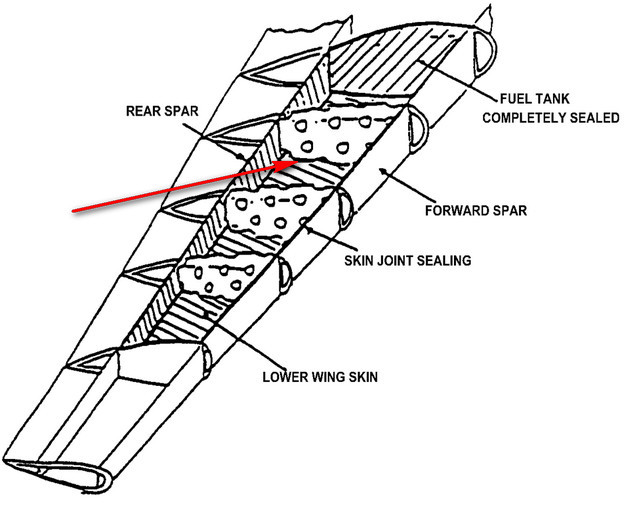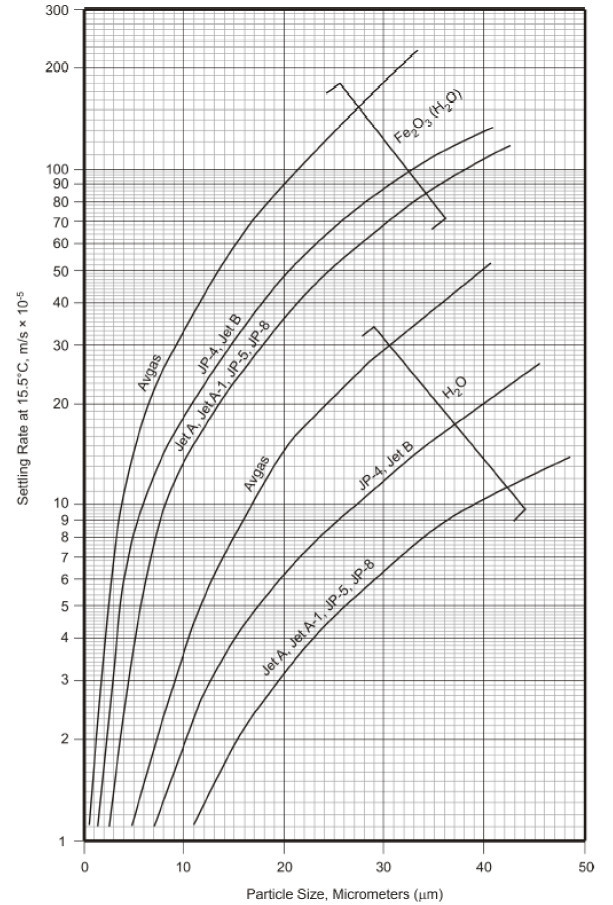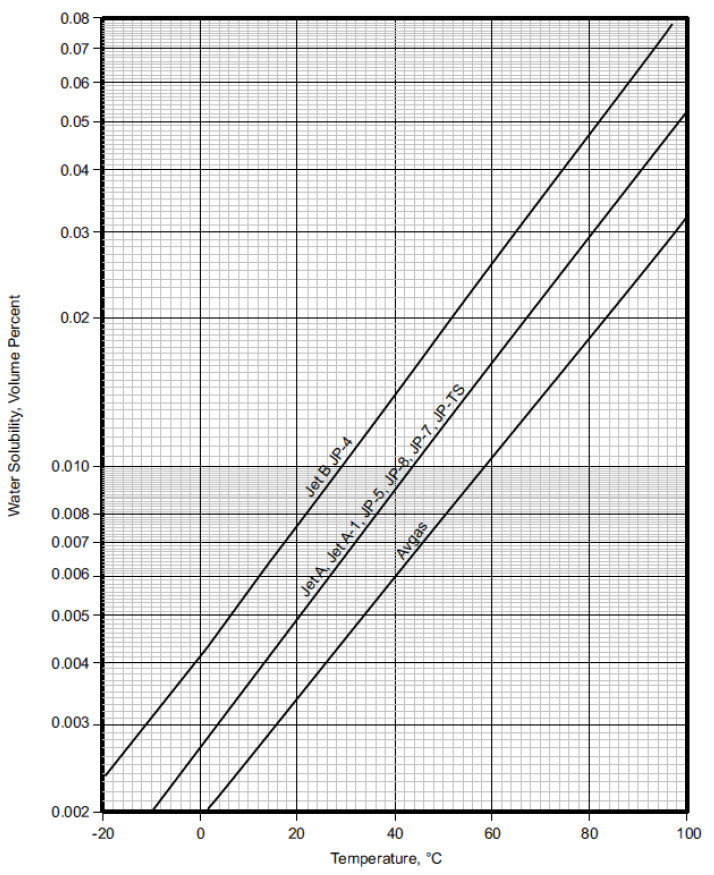I drained about a liter out one day, there was no rain and the plane was in the hangar over night. The only conclusion I had was water in the fuel from the pump.
The only conclusion I had was water in the fuel from the pump.
Which brings up a related subject: Fuel sampling during daily inspection or after refueling.
When I did my PPL training in Norway, my instructors stressed the importance of sampling the fuel during the daily inspection, or after refueling. So this is something that I have done religiously ever since I started flying, and as many of you I have never ever found more than a few drops on very rare occasions.
Some (incidentally French) pilots have told me that sampling fuel after the aircraft had been moved, or after refueling, did not serve any purpose because I would not find any water anyway. The fuel/water mixture allegedly has to sit for a while for the water to have time to “fall” down into where the drains are. In order to prove them wrong, I have taken a sample of fuel to which I added water, shook it well and demonstrated that the water remained at the bottom.
I actually claim the opposite. If the airplane has been sitting completely still over a prolonged period, condensation may have formed that has not fallen to the lowest point in the tanks because they have be retained by something within the tank, and that shaking the wing would actually help freeing the water drops so they could fall to the very bottom of the tanks.
So what is fact and what is just an OWT going around in the French club scene?
Here are the claims I hear
Completely agree with all your points.
c) the aircraft would need to sit still for a while for the fuel to fall to the lowest point
If that was the case you’d never find water in your tanks :-) Specific weight of AVGAS is 0.71-0.72, water is 1.0
@Lenthaman: I only experienced during my PPL-training with a DA40 (Thielert) that the fuel system used to be contaminated by water pretty frequently, even when being hangared – they never found out any reason for that; later any other DA40 I flew / owned didn’t have an issue with that. As Flyer59 does, I assume it’s the filler caps that don’t close properly any more.
1. You should sample fuel before moving the a/c
2. No point in sampling fuel after refueling because
a) there is a water separator in the fueling system
b) the fuel tank/bowser are regularly checked for water contamination
c) the aircraft would need to sit still for a while for the fuel to fall to the lowest point
d) a fuel agent said so
Re. 1) True in a way as fuel does slosh in the tank when moved and water needs to fall through gravity to collect at the lowest point
Re 2)
a) b) d) To assume makes an ass out of u and me
c) see 1)
You should sample fuel before moving the a/c
Agreed; it has had the max time to pool.
No point in sampling fuel after refueling because
a) there is a water separator in the fueling system
It won’t remove dissolved water (~0.003% or 30ppm is possible for avgas at +20C – see below) and more to the point I suspect it doesn’t remove a lot of particles. Those devices remove only “bulk” water.
b) the fuel tank/bowser are regularly checked for water contamination
Not everywhere.
c) the aircraft would need to sit still for a while for the fuel to fall to the lowest point
I don’t think this is necessarily the case. A typical wing tank is formed using ribs which have holes in them, and some water could be retained against these.
d) a fuel agent said so
Must be OK then 
The fuel/water mixture allegedly has to sit for a while for the water to have time to “fall” down into where the drains are. In order to prove them wrong, I have taken a sample of fuel to which I added water, shook it well and demonstrated that the water remained at the bottom.
That’s definitely true for lots of water, but I can see how little bits could remain in corners e.g.

Settling time of small water droplets can be very slow. From here local copy

Note that avtur can hold much more water than avgas

The above chart also shows how quickly water can come out of solution as the temperature drops
The water will be at the lowest point, not the fuel!
Are you sure it’s water? It has a very strange brown colour, and I don’t see any fuel above it. Any possibility it’s a different fuel type that was added?
That’s jet fuel on top and a tiny bit of water under it right?
At a club in the UK, it was always the same aircraft that had a little bit of water after a night of heavy rain, while others did not. Condensation had nothing to do with it, in my view.
Condensation can DEFINITELY form inside all metal fuel tanks. Whether this is the case here is not possible to tell.